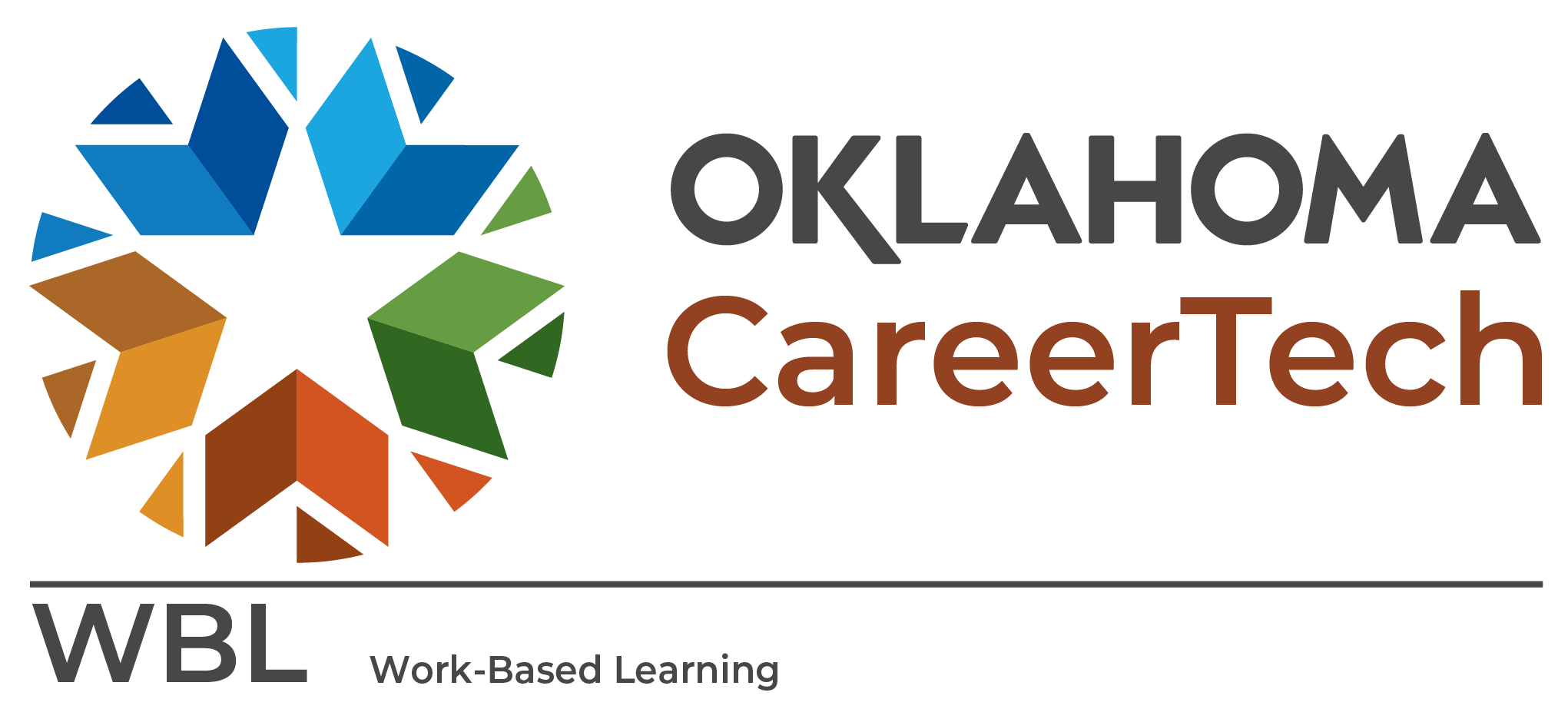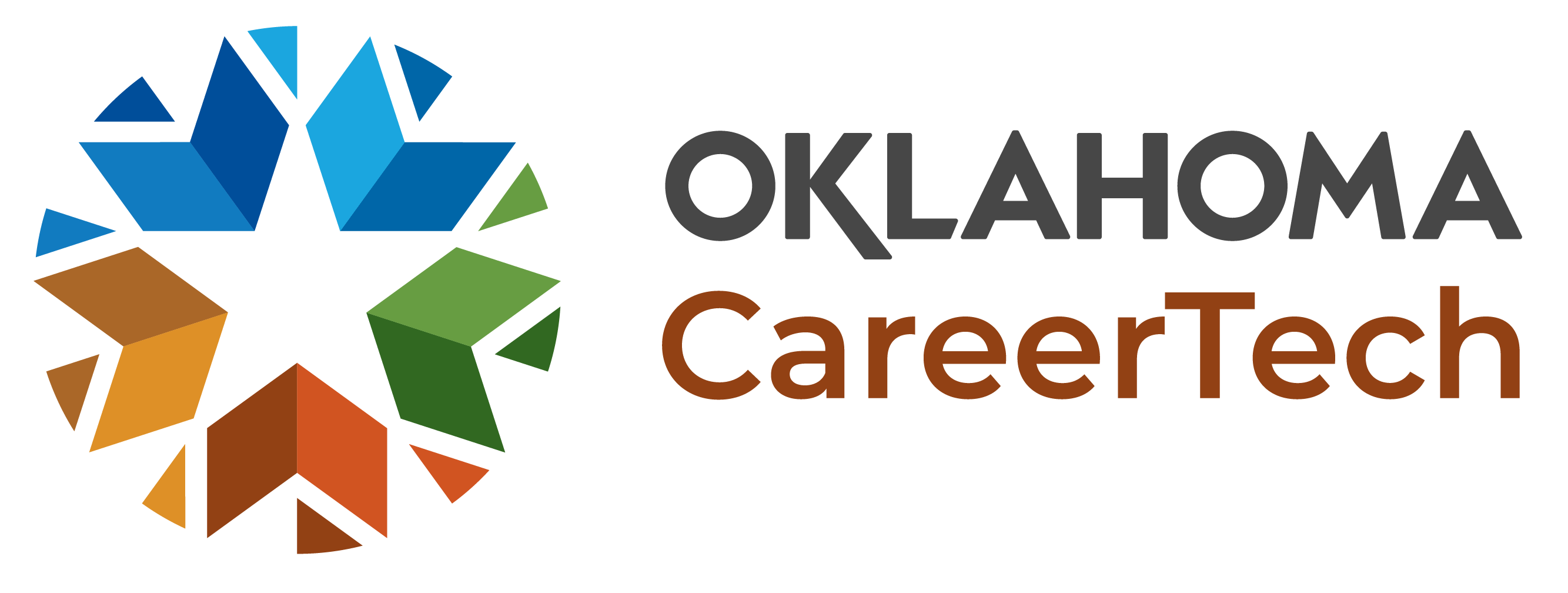Guest Speakers


Overview
What Are Guest Speaker Visits?
Guest speaker visits are typically early career awareness activities, at least in part because they involve less student preparation and easier employer recruitment than some other forms of WBL. They are also well-suited to be younger students’ first introduction to WBL and build awareness in many students at one time. Guest speakers can enhance the relevance of classroom learning and broaden student awareness of potential careers and the education and training required to enter them.
Recruiting employers to be guest speakers can be a first step toward lasting partnerships.
Recruiting employers to be guest speakers can be a first step toward lasting partnerships, often resulting in employer participation in additional speaking engagements or other WBL activities. Guest speakers may also be invited from colleges to help build awareness of the kinds of programs they offer, application requirements, costs and financial aid, and what it is like to be a college student.
Which Students Attend Presentations by Guest Speakers?
Guest speakers are suitable for all grade levels, because the content of presentations can be tailored to the students. For students in the middle grades and early high school, guest speakers are typically asked to talk broadly about their industries, organizations, and careers. In the later years of high school, guest speakers can provide more in-depth information about specific careers and the education and training required for them, as well as how classroom learning can be applied to real-world careers. Often, a presentation can be replicated with different classes or modified for use in other grade levels
How Are Guest Speaker Visits Structured?
Guest speakers typically address one classroom of students for about one hour or one class period, but they can extend longer and expand the student audience, perhaps using the school auditorium or gym to combine several classes. Another option is for a panel of speakers from different employers in similar industries to provide multiple perspectives in one visit. While each speaking engagement should be tailored to students’ interests, host teacher expectations, and employer preferences, a sample outline for a presentation is provided below:

- Introduction of guest speaker (or panel).
- Description of the careers available in the industry and organization (perhaps using labor market data or other local information) and what kinds of work employees in those careers do.
- Introduction to the skills, education, and preparation required for such careers.
- Description of guest speaker’s personal education and career path.
- Discussion of typical compensation and benefit packages for entry-level and more senior positions.
- Question and answer period.
WBL coordinators should map out a series of guest speaker visits to expose students to a range of industries or occupations during the academic year. The topics should reflect students’ interests and be timed to align with the school’s curricula. Knowing ahead of time when representatives of specific industries/occupations should be scheduled for guest speaker appearances makes it easier to target which employers to invite and to time the requests. WBL coordinators should review the Introduction to this manual for more information on employer recruitment.

How to Implement Guest Speaker Visits
Successful guest speaker activities require collaboration, communication, and preparation by several stakeholders. The process involves preparing students to be ready to learn and participate in the activity, helping teachers work with students to get the most from the experience, and preparing the speakers to be able to communicate effectively with students, anticipate the questions they are likely to be asked, and learn about the next generation of potential employees.

The work entailed in organizing a guest speaker visit (or speaker series) can extend over a period of months. As noted in the Introduction section, the following steps should be followed when organizing a guest speaker visit:
- Identify the stakeholders needed to assist with implementing guest speaker visits. Typically, these will be school-based staff and employers.
- Secure agreement from school administrators and teachers to assist in hosting guest speakers. Solicit their preferences for scheduling and for the classes and grade levels that will make up the student audiences.
- Collect information on students’ career interests. This may be done by teachers, counselors, or career advisors.
- Based on students’ interests, identify employers to ask to provide guest speakers. Employer recruitment can take time, so start early.
- Prepare students for the guest speaker.
- Prepare the speaker.
- Conduct the guest speaker visit. Document it with photos, as appropriate.
- Provide structured opportunities for students to reflect.
- Obtain evaluations from students and the speaker.
- Thank the guest speaker and school hosts. Give recognition to all participating stakeholders.
The following section provides more detailed descriptions of steps that should be taken to implement a well-organized guest speaker series. These steps are presented in the form of a timeline, starting months before the actual event. Some steps in the timeline will not apply to classes of adult students. The timeline is flexible and can be condensed, but proper student and employer preparation is important.

Suggested Implementation Timeline
Note: Throughout this manual, the term WBL coordinator (typically, a district or school staff member) is used to refer to the individual responsible for planning and implementing WBL activities. Depending on the activity and context, stakeholders from school sites (counselors, teachers, and administrative staff) may be involved. The WBL coordinator should be sure to use the WBL database, as described in the Introduction, to track employer and school contact information as well as the tasks each has agreed to carry out with respect to the guest speaker series.

The WBL coordinator should refer to the overall WBL plan (see Introduction), if there is one, to ensure that the scheduling of guest speakers from specific employers for students from a particular school is coordinated with the implementation of other WBL activities planned for that employer or that school. Both the employers and the school staff will appreciate it if the WBL coordinator initiates contact for guest speakers in that larger context.
While the steps for implementing a guest speaker series are more straightforward and less time-consuming than for some other WBL activities, it is important to get a schedule in place early in the school year. Once the target speaker topics and approximate dates are known, the WBL coordinator can recruit the speakers and get the events on their schedules well ahead of time. The more detailed preparation tasks, such as working with the speakers on the content of their presentations, can be completed with shorter lead times.
Note: The WBL coordinator is assumed to be responsible for completing or assigning the tasks described below, except as noted otherwise.
Early in the school year
- Reach out to school administrators and teachers to enlist their participation in scheduling a series of guest speakers (or a single visit).
- Working with teachers and counselors, collect information on students’ career interests and teachers’ ideas on careers that relate most closely to the curricula.
- Map out potential guest speaker topics and a tentative schedule. Identify presentation topics by week or month during the year. Be sure to include as wide a range of employer types as possible. Specifying the date and time of the presentation (e.g., third period, 9:30 a.m. to 10:30 a.m.) can assist when recruiting speakers, although it is best to offer a few scheduling options for each potential speaker.
- Find out school policies and procedures for visitors.
Three months before the guest speaker visit
Note: These steps can be completed early in the school year for the full calendar of speaker appearances or on a rolling basis for speaker slots in the coming months.
- Review the employer outreach information in the Introduction to this manual.
- Using the WBL database and other resources, identify employers or occupations in the local area that align with student interests and school curricula. In rural areas with few employers, matching student interests with speaker candidates may be especially challenging.
- Begin outreach to targeted employers based on the presentation topics. Sample communications for employer recruitment can be found in the Resources section. Be as specific as possible about what is requested and what is expected of guest speakers. Make it as easy as possible for the employer to say “yes.”
- Follow up on introductory invitations with phone calls, as needed. Use the WBL database to identify past guest speakers or other employers who may reinforce the invitation with a peer-to-peer communication such as the one provided in the Resources section.
- As responses come in, confirm the dates and topics and communicate the confirmations to the schools and the speakers.
- Continue speaker recruitment, as needed, until all the targeted slots are filled.
One month before the guest speaker visit
- Reconfirm the speaker engagement, especially if the initial scheduling was done earlier in the school year.
- Start preparing the speaker.
- Schedule a 15- to 20-minute phone call or in-person meeting to discuss arrangements for the presentation. See the Resources section for a useful checklist to use for employer preparation.
- Familiarize the speaker with their audience and its level of knowledge: number of students, grade and class, students’ career interests, curricula that pertain to speaker’s industry/occupation, etc.
- Discuss how to target a presentation to a student audience, with particular attention to the kinds of questions students will ask. (Example: Students will usually ask what the speaker earns; knowing that enables him or her to decide how to answer.)
- Suggest ways the presentation can be made lively and interesting through use of technology or visual aids. Use examples from previous well-received guest speakers.
- Ask the speaker for a bio and get permission to share it with the students.
- Ask the speaker to send the presentation in advance, if possible, so that you can help him or her do any fine-tuning that may be needed to engage the student audience.
- Advise the speaker of any school-required visitor or security procedures.
- Ask the speaker to specify any needs for audiovisual or other equipment and make sure the school can accommodate the request(s).
- Obtain permission to photograph or record the speaker, if desired.
- Teachers/counselors/career advisors: Introduce students to
- Strategies for listening, taking notes, and asking questions.
- The speaker’s industry/employer/occupation.
- Other curricular materials that may be relevant to the speaker’s occupation.
One week before the guest speaker visit
- Reconfirm the date, time, and location with the guest speaker by phone or email. Offer to answer questions. Provide directions to the school and parking information, along with an emergency contact in case the speaker is delayed or lost. Include instructions for entering the school and reporting to the main office. Offer to print any handouts the speaker may wish to use.

- Reconfirm the school site arrangements: time; date; place; equipment needs; etc. Arrange for a student to greet the speaker in the main office and escort him or her to the classroom.
- Teachers/counselors/career advisors: Complete students’ preparation by reviewing information about the speaker and his or her employer and distributing his or her bio. Review listening and note-taking tips.
One day before the guest speaker visit
- Touch base with guest speaker and school site coordinator to address any last-minute questions.
- Teachers/counselors/career advisors: Remind students about the speaker and his or her organization and about proper behavior during the presentation. Introduce the information collection form, a sample of which is in the Resources section.
Day of the guest speaker visit
- Set up equipment for presentation, if needed.
- Distribute student information collection sheets.
One day to one week after the guest speaker visit
- Send thank-you email to speaker with the speaker evaluation form and request that it be completed and returned.
- Distribute, collect, and review student evaluations.
- Review speaker’s evaluation form and follow up on any issues raised. Make note in the WBL database of favorable speaker evaluations and follow up with employers who indicated their willingness to participate in future WBL activities.
- Share a summary or samples of student reflections with the speaker to illustrate his/her impact on students’ thinking about careers.
- Teachers/counselors/career advisors: Conduct reflection activities in class and compile written reflections for dissemination to all participating students (and their teachers).
- Include discussions about the guest speaker’s presentation as well as a guided written reflection on the experience.
- Consider using the same form of reflection for each guest speaker throughout the year.
- Teachers/counselors/career advisors: Have students write thank-you notes to the speaker. Each student’s note should describe how the presentation was valuable and what he/she learned. The notes should be reviewed by the teacher before they are sent. If the speaker’s audience was more than one class, send a representative sample of the thank-you notes so as not to inundate the speaker.

Resources for Guest Speaker Activities
Note: These forms can be printed with expanded space for written responses or adapted in other ways.
WBL coordinator:
Employer/speaker:
Student:
Copyright © 2020 CareerTech



